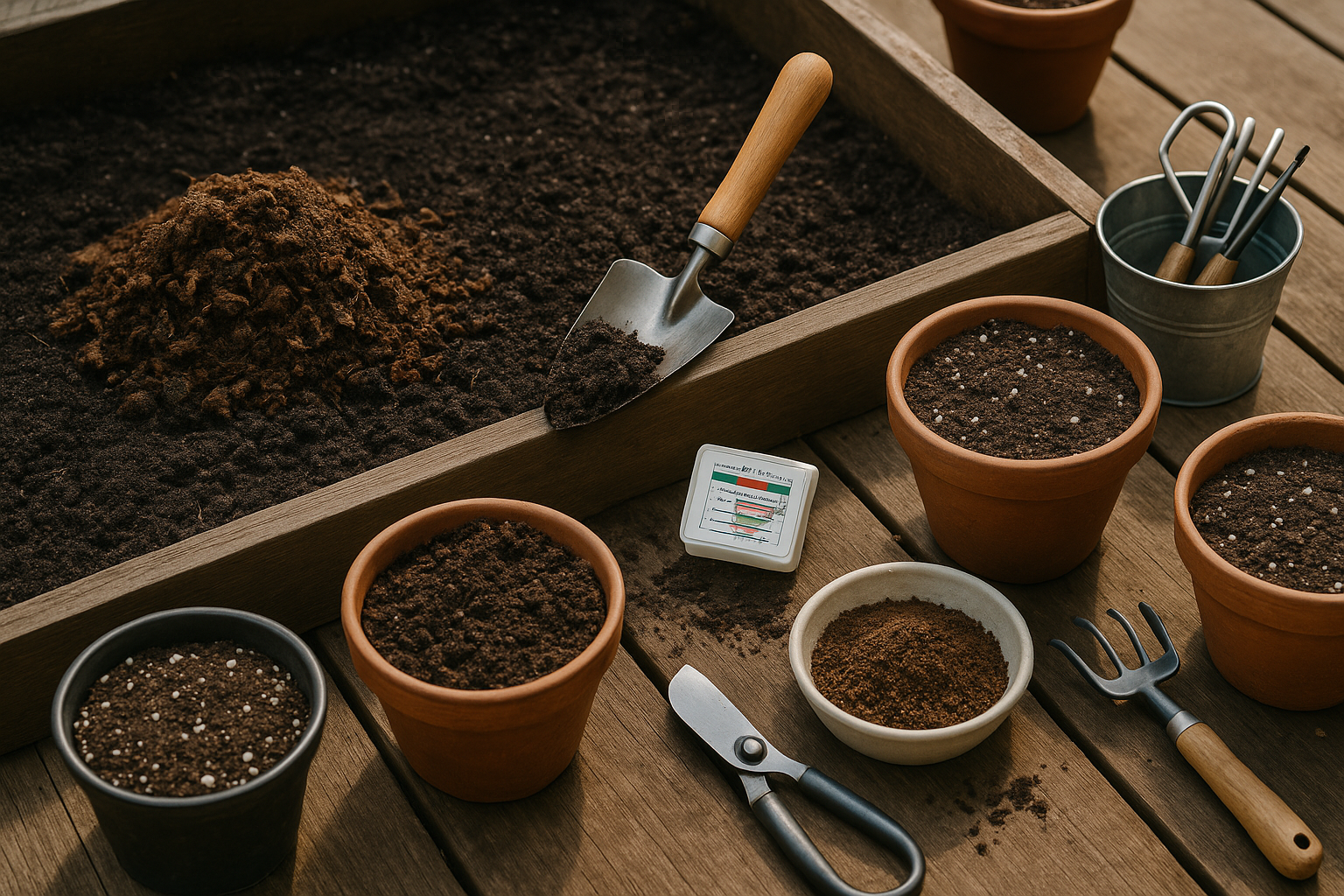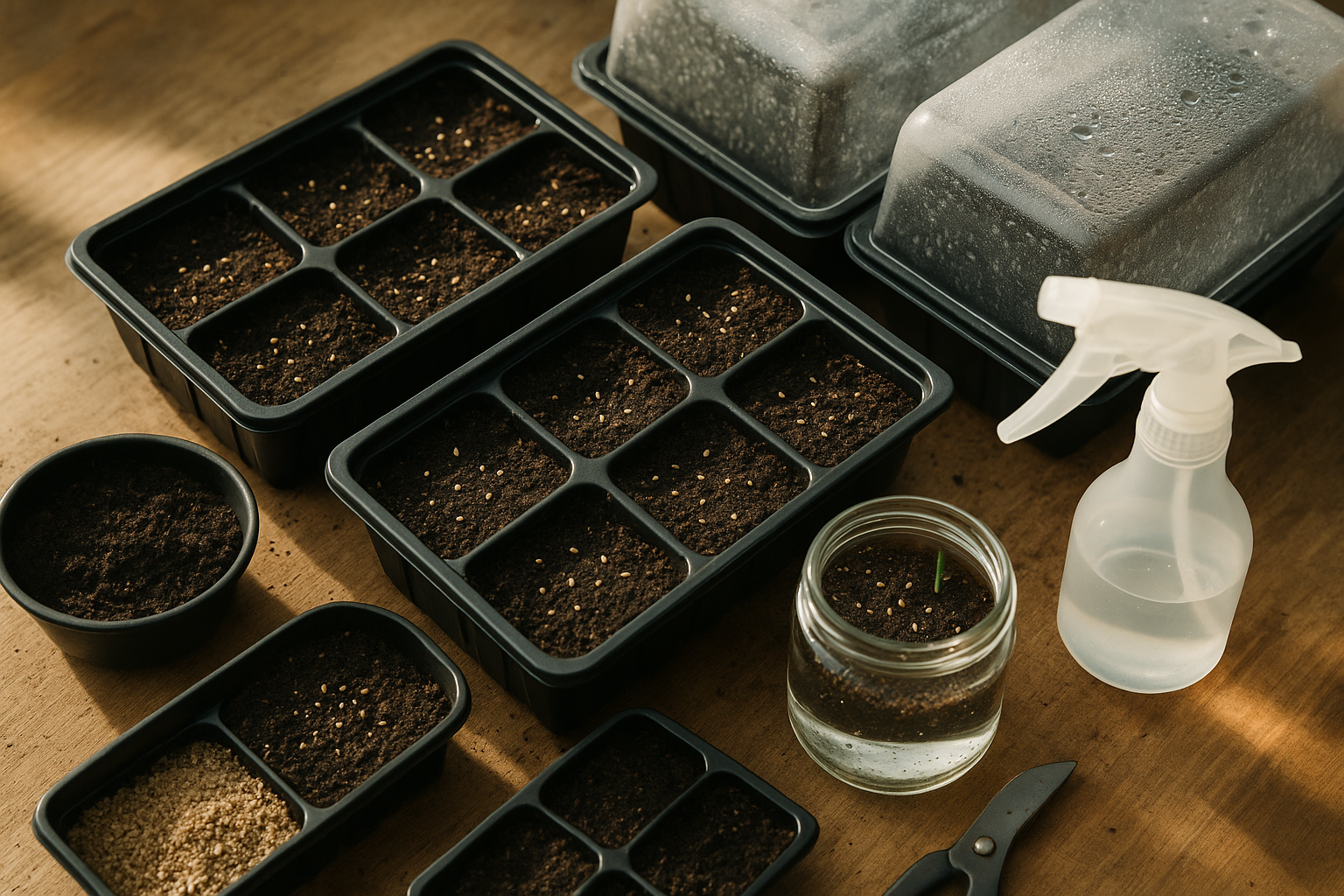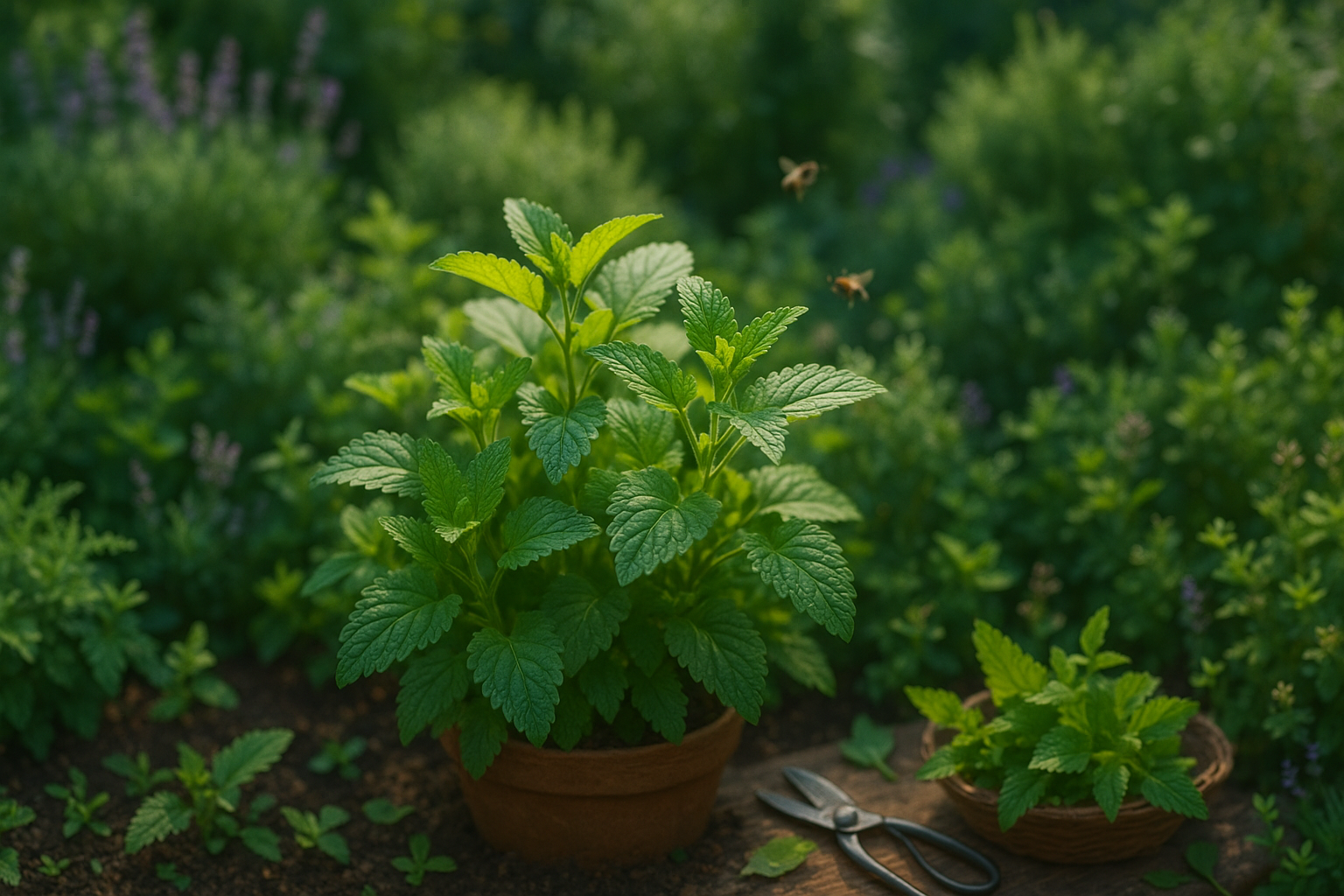Why Grow Lemon Balm?
Lemon balm (Melissa officinalis) is a fragrant, leafy herb prized for its bright, lemony scent and wide range of uses in the kitchen, medicine cabinet, and garden. Cooks love adding fresh lemon balm leaves to teas, salads, and desserts for a zesty twist, while herbalists value it for its calming properties—often recommending it to ease anxiety, aid digestion, or promote restful sleep.
Beyond its benefits for people, lemon balm also supports your garden by attracting pollinators like bees, making it a friend to both you and your plants. One of its biggest draws is its ease of cultivation: lemon balm thrives in most soils, tolerates sun or partial shade, and bounces back even if neglected.
It’s perfect for first-time gardeners looking for a low-maintenance plant, yet equally appealing to seasoned growers who want a reliable, versatile herb. Popular for centuries in both kitchen and medicinal gardens, lemon balm’s adaptability means you can grow it in containers, raised beds, or tucked beside vegetables to improve your garden’s overall health.
Whether you’re starting a windowsill herb garden or planning a backyard pollinator paradise, lemon balm makes a practical and rewarding addition.
Choosing and Preparing Your Planting Site

Choosing the right spot for your garden sets the stage for healthy growth. Start by picking an area that gets at least six hours of direct sunlight daily—most vegetables and flowers thrive with plenty of sun. Well-drained soil is key; if your yard tends to stay soggy after rain, consider a raised garden bed to give roots space and better drainage.
Loamy, nutrient-rich soil is ideal, but don’t worry if you’re starting with clay or sand—mix in compost to improve texture and boost fertility. Test your soil’s pH (kits are easy to find at garden centers) and adjust if needed: most plants prefer a pH between 6.0 and 7.0.
For smaller spaces or urban environments, containers work great—just choose pots with drainage holes and fill them with high-quality potting mix. Starting seeds indoors lets you jump-start the growing season, but outdoor sowing works well for hardy crops or if you live in a mild climate.
Whichever method you choose, clear weeds and debris from your planting area and work compost into the top six inches of soil before planting. Plan for enough space between plants so they don’t crowd each other; spacing guidelines on seed packets are a helpful start. Taking the time for these simple preparations leads to stronger, more resilient plants all season long.
Sowing Lemon Balm Seeds

The best time to sow lemon balm seeds depends on your climate and local frost dates. To get a head start, sow seeds indoors about 6-8 weeks before the last expected spring frost—usually in late winter or early spring. For outdoor sowing, wait until after the last frost, when soil temperatures have warmed.
Lemon balm seeds are tiny, so simply press them lightly onto the surface of pre-moistened seed-starting mix in trays or small pots. Do not cover them with soil, as they need light to germinate. Space seeds about 1 inch apart if sowing in trays. If planting directly outdoors, scatter seeds thinly in prepared beds and thin seedlings to 12-18 inches apart as they grow.
Keep the soil consistently moist but not soggy; a daily mist with a spray bottle works well. For improved germination, cover trays with clear plastic or a humidity dome to retain moisture and maintain a warm, bright environment—ideally around 70°F (21°C) with filtered light.
Once seedlings emerge, remove the cover and continue to provide bright, indirect light. Outdoors, keep the soil damp and watch for weeds that can crowd new seedlings. These steps help ensure strong, healthy lemon balm starts ready for transplanting or garden growth.
Seedling Care and Transplanting
Caring for seedlings is essential for growing strong, healthy plants. Start by regularly thinning overcrowded seedlings—use sterilized scissors to snip out the weaker ones, leaving the strongest so each has enough space and resources to thrive.
Water consistently but avoid soggy soil, aiming to keep the surface moist with a gentle spray or watering can. This prevents root rot and encourages deep, healthy root growth.
To help seedlings grow robustly, provide plenty of sunlight or place them under grow lights for 12-16 hours daily. Gently brush your hand across the tops each day to mimic wind, which strengthens the stems.
Once seedlings have developed at least two true leaves and outdoor temperatures are safely above freezing, it’s time to transplant. Before moving them to the garden or larger containers, begin the hardening off process by gradually exposing them to outdoor conditions over a week.
Start with an hour or two outside in a sheltered, shady spot, then slowly increase their sun and wind exposure daily. This toughens them up and reduces transplant shock.
When transplanting, gently loosen the root ball and place seedlings into prepared soil at the same depth they were growing in their starter container. Water well to help settle them in.
With attention to these details, your seedlings will be on track for vigorous, healthy growth.
Growing and Maintaining Healthy Lemon Balm Plants
To keep your lemon balm thriving, start by giving it a sunny spot—this herb loves at least 5-6 hours of sunlight each day, though it can tolerate partial shade in hotter climates. Water your plants regularly, but avoid soggy soil; aim to keep the soil moist but not wet. Mulching around the base helps conserve moisture, keeps roots cool, and suppresses weeds.
In spring and midsummer, feed your lemon balm with a light layer of compost or a balanced liquid fertilizer to support healthy growth. Encourage a full, bushy shape by pinching the tips of young stems, especially when plants are about six inches tall, and prune back regularly throughout the season. Don’t be shy about harvesting leaves—the more you cut, the more the plant thrives.
Watch out for common pests like aphids and spider mites. Rinse affected foliage with water or use insecticidal soap if needed, and keep the area around your plants weed-free to reduce competition and pest pressure. For disease prevention, space plants to allow good air circulation and avoid wetting the leaves when watering—a simple trick that helps fend off powdery mildew.
With these easy routines, your lemon balm patch will stay lush, aromatic, and ready for picking.
Harvesting Lemon Balm for Best Flavor
Knowing when to harvest lemon balm is key to enjoying its freshest, most aromatic flavor. Look for healthy, vibrant green leaves before the plant blooms, as this is when its essential oils and fragrance are at their peak—usually late spring to early summer.
Use clean, sharp scissors or garden shears to snip stems about two-thirds down, just above a leaf node. This encourages the plant to branch out and keeps it producing more leaves.
Morning is the best time to harvest, right after the dew has dried but before the midday sun hits, to capture the maximum concentration of oils.
For fresh use, add lemon balm leaves directly to teas, salads, or desserts for a bright, lemony note. If you want to store them, dry the leaves in a cool, dark place and keep them in an airtight jar. Dried leaves are great for herbal teas and retain their aroma for several months.
Troubleshooting Common Problems
Lemon balm is generally hardy, but a few common pests and diseases can appear. Aphids and spider mites sometimes feed on the leaves—watch for sticky residue or webbing as clues. Combat these with a strong spray of water or insecticidal soap.
Fungal diseases like powdery mildew show up as white patches. To prevent this, space your plants well, avoid overhead watering, and trim back affected leaves to help restore health.
Yellowing leaves often indicate overwatering or nutrient deficiencies. Let the soil dry out between waterings, and feed a balanced fertilizer every few weeks.
If your lemon balm looks leggy, it’s likely craving more sunlight. Move it to a sunnier spot or trim it regularly to encourage bushier growth.
Premature bolting—flowering too early—can be triggered by heat or stress, so keep your plants cool and well-watered.
With vigilance and these simple tips, you’ll keep your lemon balm lush, flavorful, and thriving all season long.
